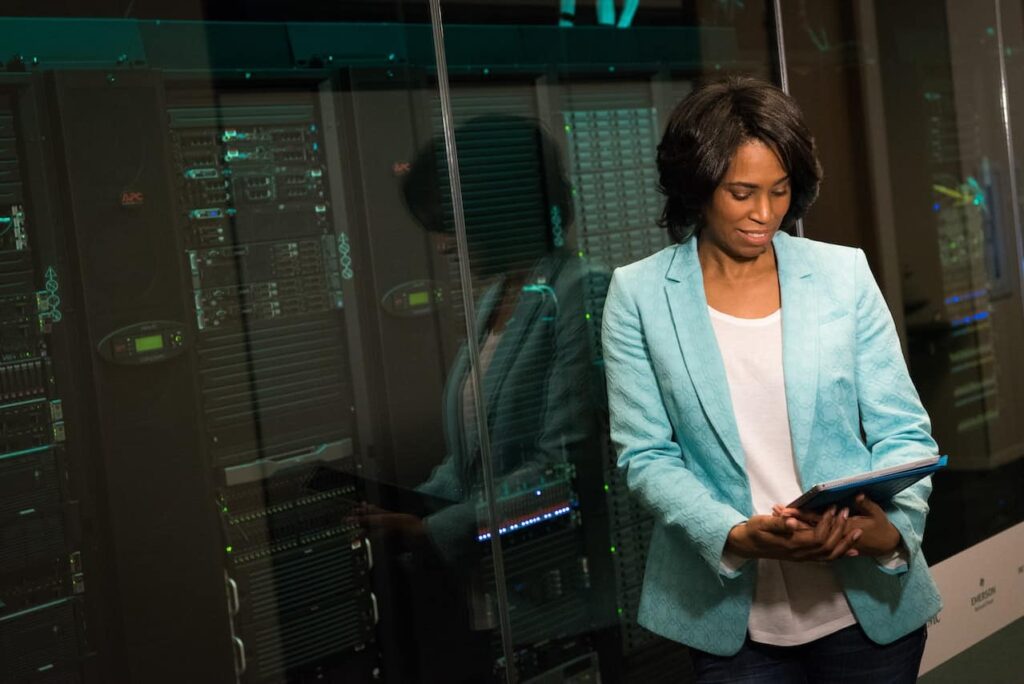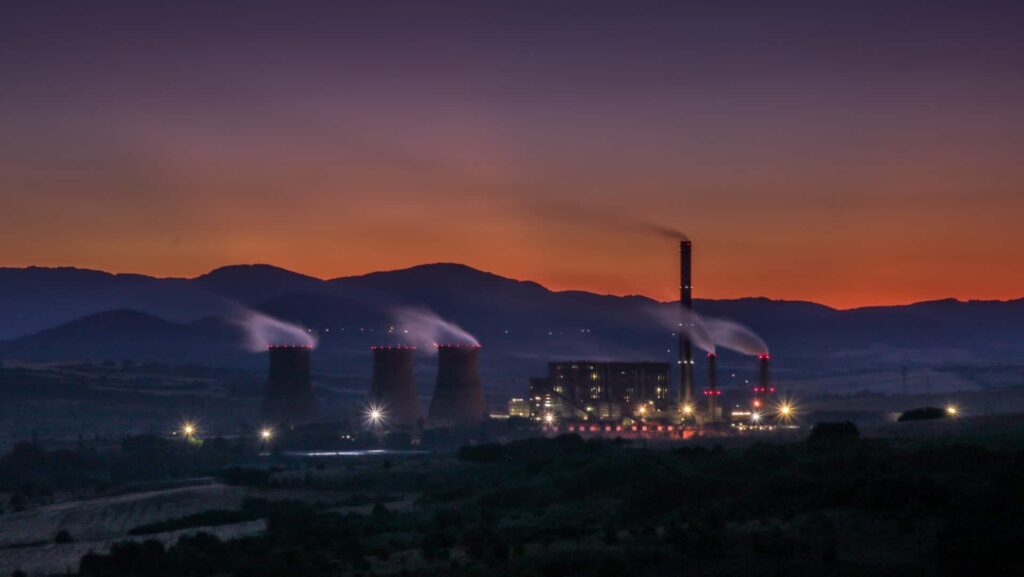Finding the right cooling system is essential for data centers. Proper cooling technologies for data centers will allow your servers to stay online for longer, which helps you to avoid disastrous service failures that can result in angry customers and lost business.
Traditional cooling methods may have worked in the past, but it’s 2022, so it’s time to get comfortable with new technologies. Solar cooling is an excellent way to keep your data center at a comfortable temperature and help protect your services from overheating.
Perhaps you’ve tried other cooling methods in the past and found them lacking, or maybe you’re looking to get ahead of the competition and implement a better technology for your data center now. Either way, solar cooling could be the solution you need!
Related: Server Room Temperature: Guide to Important Ranges
What is Solar Cooling?
Let’s begin by discussing exactly what solar cooling is and how it works. Solar cooling, as its name suggests, is a process in which solar energy is collected and used for refrigeration or air conditioning. Essentially, you can use solar panels to collect energy from the sun and convert that energy to cool the air in your building.
Solar cooling systems are incredibly effective methods for keeping your space cool and could potentially save your business thousands of dollars in electricity bills. A traditional air conditioning unit requires an enormous amount of electricity, and you’ll use far less when you switch to a solar cooling system.
These systems generally work by setting up solar panels on the exterior of your building to collect energy from the sun’s radiation. The solar panels will produce a direct current which is then used directly by the solar cooling system or to charge a backup battery, which can be used during nighttime or inclement weather conditions.
Solar Cooling Methods
There are two main solar cooling methods used today, so let’s take a detailed look at each. These aren’t the only methods available, but they are the most effective and would work best for your data center.
Do you need help keeping your server room cool? Head over to C&C to learn how we can help you keep things cool.
Desiccant Systems
As the name suggests, desiccant systems use a desiccant (a substance that induces or sustains a state of dryness) to help cool the air of a space and make it feel more comfortable. These systems are very effective at removing humidity from the air and providing your room or building with a sustainable supply of cool air.
Essentially, these systems use a desiccant wheel to dehumidify the air. The air is then mildly cooled in a rotary regenerator, which is a type of sensible heat exchanger. The air is then cooled even further by an evaporative cooler, and that air is then released into the room or space that needs to be cooled.
This is an excellent method for areas where you’re not only battling heat but humidity as well. Humidity can get inside electronics and wreak havoc on a data center’s sensitive servers. Using a solar cooling desiccant system would allow you to eliminate the humidity while also keeping the temperature cool.
Absorption Chiller System
Absorption chiller systems take the heat collected from solar panels that are usually wasted and convert it into cool air. It’s a process that does require some electricity, but you’ll still be using far less than you would with a conventional air conditioner.
Absorption chiller systems use a refrigerant, most commonly water mixed with lithium bromide, to kick-start the process. The refrigerant is stored in the absorber and gets pumped through a heat exchanger.
The heat generated in your building will go into the system’s generator at this phase. This is when the water and lithium bromide comes into play. These two substances will separate, and the water will turn into a vapor.
This vapor will then rise and go to a cooling tower. The air in your building will then become cooler as the vapor absorbs the heat to re-condense into water. This process will continue in a cycle to continuously keep the air from becoming too warm.
This method is ideal for buildings that need a constant cooling source that works around the clock.
Related: How to Calculate Data Center Cooling Needs
Benefits of Solar Cooling Systems
There are an enormous amount of benefits to switching to a solar cooling system. Whether you decide to go with a desiccant system or an absorption chiller system, your data center will reap the same benefits.
Here are some of the benefits you will see when you match the switch to a solar cooling system:
- Lower grid demand
- Reduced electricity costs
- Fewer power outages
- Off-the-grid capabilities
- Reduced greenhouse gas emissions
The fact that your solar cooling system can reduce the number of power outages you experience and potentially work off-the-grid are two priceless benefits for data centers. This is the key to keeping your servers online around the clock and can set your business apart from others.
Drawbacks to Solar Cooling Systems
As with all things in life, solar cooling systems don’t come without some flaws. This technology may not be brand new, but innovators are still trying to find the most efficient ways to utilize these systems, so they aren’t necessarily a perfect solution.
Here are some of the drawbacks to consider before committing to a solar cooling system:
- Very expensive compared to traditional air conditioning systems
- Installing costs are also costly
- Can be intermittent
- Low energy density
- May take time to see a payoff in reduced electric bills
While these drawbacks are something you should know, they don’t outweigh the fantastic benefits a solar cooling system can provide!
Are you looking for more information about how to keep your data center properly cooled? Visit us at C&C to learn how we can help!
Learn More About Cooling Your Data Center With C&C Tech
Whether you decide to take the plunge and invest in a solar cooling system or not, you need to keep your data center running, which requires a proper cooling system. Solar cooling systems are an excellent way to dehumidify your building and supply your space with a constant supply of cool air, but there are plenty of other methods you could also look into! Here at C&C Tech, we want to help you keep your data center running smoothly, and we can help.
Last Updated on January 20, 2023 by Josh Mahan




